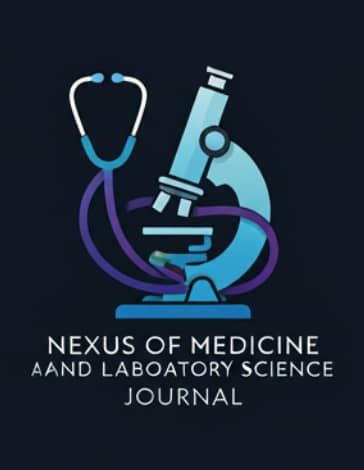
Assessment of Chronic Inhalation Exposure Effects of Dichlorvos (Dichlorvos) on Cardioprotective and Atherogenic Indices in the Blood of New Zealand White Rabbits
Background: Dichlorvos, a widely used organophosphate pesticide, is frequently applied in agricultural and domestic settings. Its high volatility makes inhalation a common route of exposure, raising concerns about its chronic effects on cardiovascular health. Lipid profile–derived indices are reliable predictors of cardiovascular risk and can provide insights into pesticide-induced cardiotoxicity. Aim: This study evaluated the chronic effects of dichlorvos administered orally and by inhalation on cardioprotective and atherogenic indices in New Zealand White rabbits. Methodology: Thirty six male rabbits (1.0–1.2 kg) were divided into nine groups (n = 4 each): oral exposure, inhalation exposure, and controls for 30, 60, and 90 days. Rabbits received 10% of the LD₅₀ dose of dichlorvos (0.05 mg/m³) daily, either orally or via inhalation chambers (4 h/day). Serum lipid profiles were analyzed, and indices including Castelli’s risk indices (CRI-I, CRI-II), triglyceride/HDL-C ratio (TG/HDL-C), atherogenic coefficient (AC), atherogenic index of plasma (AIP), and anti-atherogenic index (AAI) were calculated. Data were analyzed using ANOVA with Tukey’s post-hoc test (p < 0.05). Results: At 30 days, only AAI showed significant reduction in exposed groups compared with controls (p < 0.05). By 60 and 90 days, CRI-I, CRI-II, TG/HDL-C, AC, and AIP were significantly elevated, while AAI declined progressively. Inhalation exposure produced higher elevations in atherogenic indices, whereas oral exposure caused greater reductions in AAI. Conclusion: Chronic dichlorvos exposure disrupts lipid homeostasis in a time-dependent manner, reducing cardioprotection and increasing atherogenic risk. Inhalation exposure appears more hazardous than oral administration, underscoring the need for stricter regulation and public health awareness.

This work is licensed under a Creative Commons Attribution
4.0 International License.
